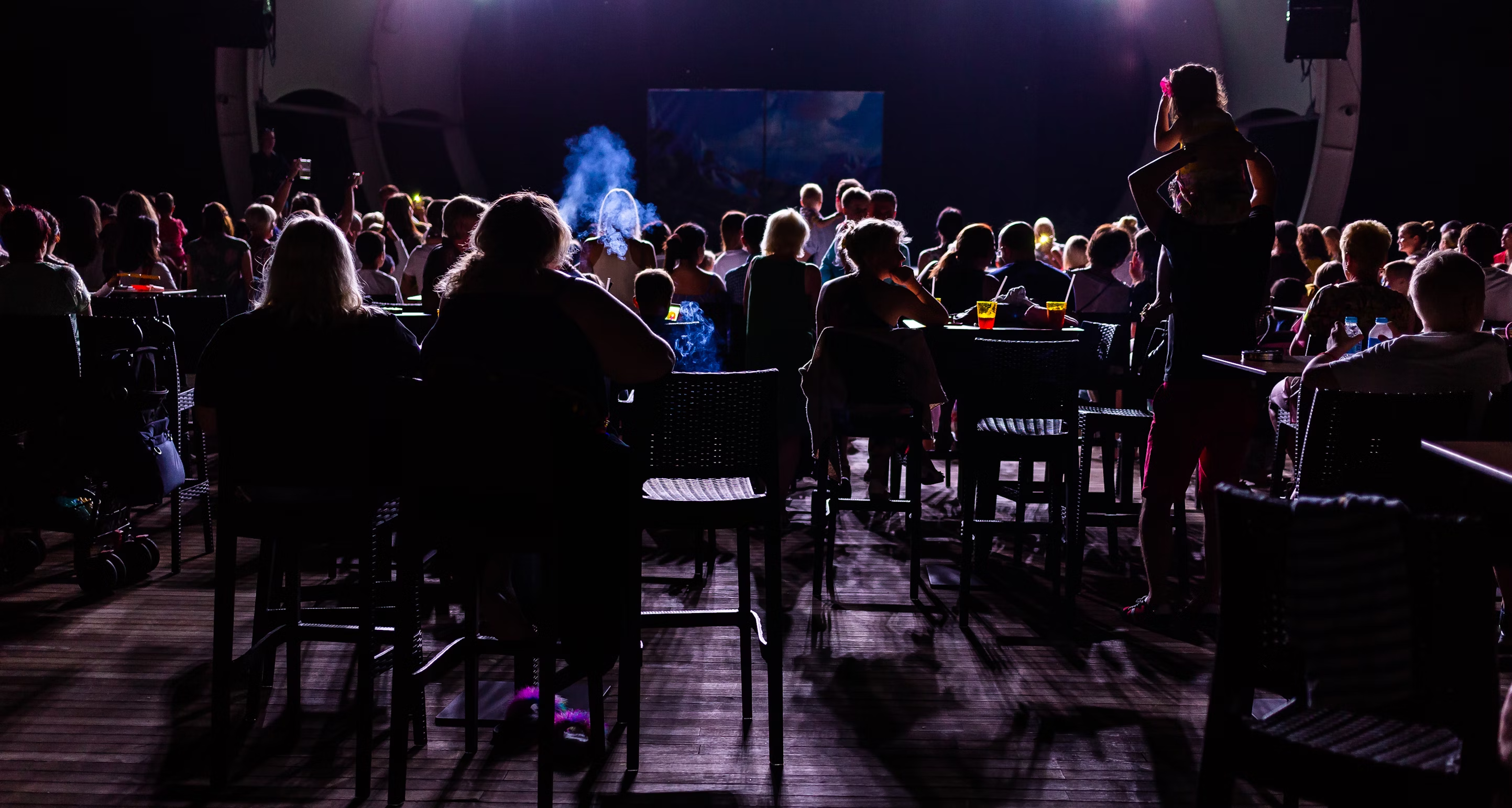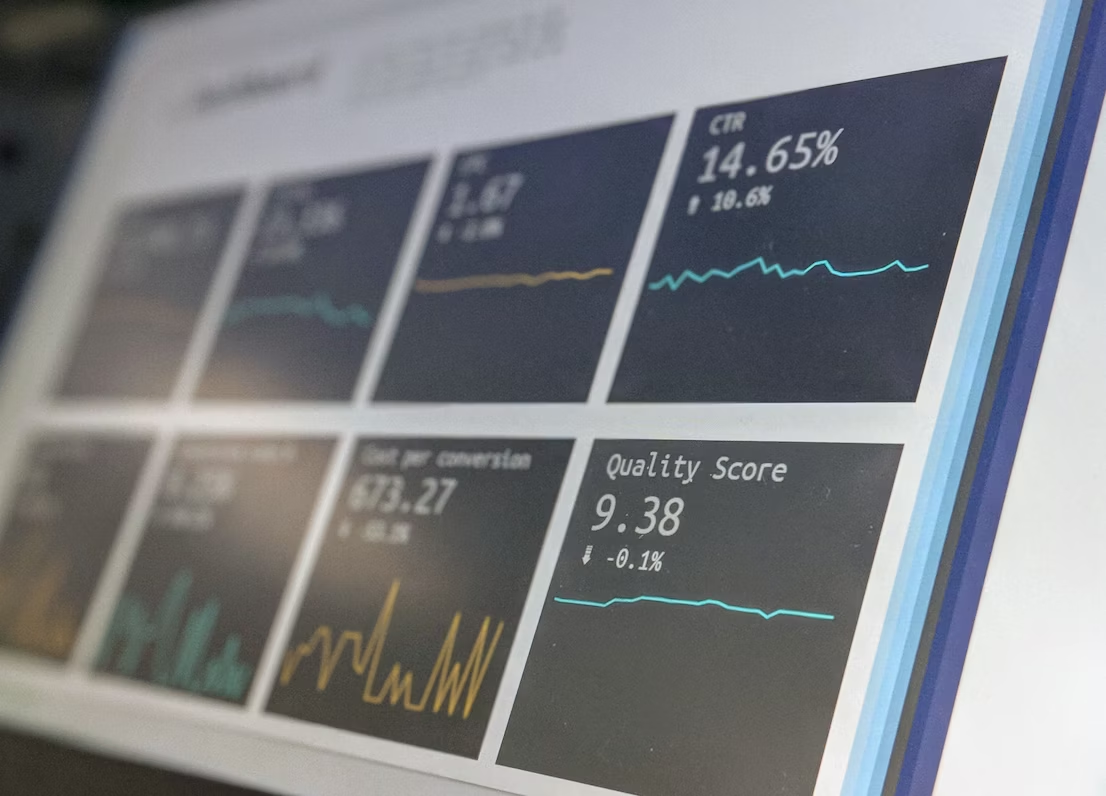Introduction
Theatre has been an integral part of human society for thousands of years. As this article states, "Theatre has been a part of civilization dating back to 6th century B.C." Throughout history, theatre has allowed people to share stories, examine culture and society, spread ideas, and connect with others. Even with the rise of film, television, and online media, theatre continues to play a vital role. As the article points out, theatre "prompts dialogue, brings up issues that people care about, and builds community."
Current State of Theatre
Theatre attendance and participation remains an important cultural activity for many Americans, though overall attendance levels have fluctuated in recent years. According to Statista, the estimated attendance at Broadway shows in New York was 12.3 million in the 2018/19 season. Meanwhile, Americans for the Arts reports that 17.2% of Americans aged 45-54 attended a non-musical play in 2017, compared to just 6.7% of those aged 75 and over. This indicates theatre remains most popular with middle-aged audiences.
Overall, theatre attendance statistics show a mixed picture, with some metrics like Broadway attendance remaining robust while others indicate declines, especially among younger demographics. This underscores the need for theatre leaders to focus on audience development and better connecting with today's diverse communities.
Challenges Facing Theatre
Theatre has faced declining attendance over the past few decades, especially among younger audiences. Several factors have contributed to this trend:
- High ticket prices make theatre unaffordable to many consumers, especially younger people on a budget. The high cost of tickets combined with additional expenses like transportation and food can make the total cost of a theatre outing prohibitively expensive.
- People today, especially younger generations, have many entertainment options competing for their time and money. At home streaming services, mobile apps, video games, and more offer alternative options that are often cheaper and more conveniently accessible than theatre.
- Consumers today tend to prefer entertainment "on demand" on their own schedule, rather than committing to a set showtime. The flexibility and control offered by at-home and mobile options is often more appealing, especially to younger tech-savvy audiences.
- Some feel that theatre has not kept pace with changing tastes and fails to offer the diversity or originality that audiences now seek. As entertainment options have expanded, theatre faces increased competition to provide compelling, relevant productions that capture attention.
Opportunities for Innovation
Theatre has always been an artform open to innovation and new ideas. In recent years, there have been many exciting developments as theatre-makers experiment with new styles and formats of performance.
One area seeing a lot of innovation is immersive and interactive theatre. Pioneered by companies like Punchdrunk, immersive theatre takes the audience inside the world of the play, allowing them to explore the performance space and interact with characters and each other. It creates a highly visceral, communal experience that dissolves the traditional separation between audience and performers. Shows like Sleep No More in New York have been hugely successful, attracting new demographics to the theatre.
Site-specific and promenade theatre is also gaining popularity as an innovative way to engage audiences. In these productions, the audience is taken on a journey through nontraditional performance spaces like warehouses, abandoned buildings or city streets. It allows the location to shape the narrative and provides a thrilling sense of discovery. Notable examples include The Great Gatsby by Gatz Productions and The Builders Association.
The use of multimedia and technology is transforming possibilities in theatre. Projections, surround sound, motion-capture and VR are all being used to create highly cinematic productions. Shows like Anthropocene by The Builders Association and Gatz by Elevator Repair Service showcase innovative blends of live performance and technology.
There is also more experimentation with non-linear, devised and collaborative theatre-making processes. Companies like Ontroerend Goed create distinctive work through devising and audience interaction. More fluid, ensemble-based approaches are gaining prominence.
Reaching New Audiences
Theatre has long struggled to attract younger audiences. Millennials and Gen Z represent a major opportunity for growth, but effectively marketing theatre to these generations requires creativity and an understanding of their motivations. As the LinkedIn article notes, younger audiences are focused on experiences and building community. Theatre marketers must promote shows as experiences and highlight opportunities for social connection, such as group discounts or special events.
Social media and digital marketing are key for reaching younger demographics, who spend significant time online. Platforms like Instagram and TikTok can showcase theatrical productions in captivating ways. Influencers and paid ads can further boost visibility and interest. Beyond digital promotion, partnerships with bars, restaurants, and other local businesses enable creative cross-promotion to new groups. As the TicketPeak blog discusses, younger patrons also appreciate flexibility and spontaneity. Dynamic pricing models and rush ticket programs cater to these desires. Most importantly, marketing content itself should use relatable, authentic messaging that speaks to younger values and perspectives.
Making Theatre Relevant
Theatre has the power to connect audiences to timely and resonant stories reflecting current events and social issues. By incorporating topics from the news and societal conversations into productions, theatremakers can create provocative and meaningful works. For instance, plays addressing racial injustice, immigration, or LGBTQ+ rights often resonate strongly with audiences grappling with those very issues in their communities. Stockholm Syndrome by Irish playwright Deirdre Kinahan leveraged the zeitgeist of the MeToo movement, exploring workplace harassment and gender dynamics through a compelling fictional story. Saviana Stanescu's Ants explored the immigrant experience and cultural assimilation through poetry and surreal imagery. These plays seized on current events to present inclusive perspectives and deepen social awareness.
Theatre also allows audiences to gain empathy for experiences outside their own. In an increasingly polarized political climate, theatre can build bridges by connecting people to unfamiliar narratives. For example, The Belle of Amherst brought Emily Dickinson's words to life, letting audiences into the mind of this pioneering poet. Fun Home invited audiences into a lesbian coming-of-age story, humanizing LGBTQ+ experiences. Plays like these widen the lens of human understanding.
By programming diverse stories reflecting a range of identities and views, theatres can spur reflection, dialogue and connection.Making theatre more accessible and affordable for new audiences also expands its relevance. Offering relaxed performances, sensory-friendly adaptations, American Sign Language interpretation and captioning increase inclusivity ([Reid, 2022](http://mbtor.blogspot.com/p/about-theatre-of-relevance.html)). Extending hours with late night programming, reducing ticket prices, and partnering with community organizations help break down barriers to entry. Theatre that reflects and includes its surrounding community resonates more deeply.
Embracing Diversity
Theatre has historically lacked diversity and representation both on stage and behind the scenes. Recent studies have shown that diverse theatre companies are more innovative and successful than homogeneous groups. To stay relevant and reach new audiences, theatre leaders must prioritize producing diverse stories created by diverse artists. There are ample opportunities to feature more inclusive casting, tell stories about marginalized communities, and hire BIPOC and LGBTQ+ theatre makers. For too long, mainstream theatre has centered white, straight, male perspectives. Embracing diversity requires recognizing this legacy of exclusion and taking steps to platform more diverse voices. The theatre community must expand its boundaries and challenge itself to feature perspectives and narratives that have been missing from many stages.Producing diverse musicals is one area ripe for growth and innovation. While strides have been made in recent years, most classic and mainstream musicals still lack diverse representation. Theatre leaders should actively seek out and develop new musicals by BIPOC, LGBTQ+ and disabled creators. They should also reimagine casting for traditional musicals in more inclusive ways. Embracing diversity requires an ongoing commitment, not just one-off diverse productions. Building an equitable theatre that reflects the full breadth of human experience will allow the artform to evolve and speak to wider audiences.
Leveraging Technology
Technology has opened up many new opportunities for theatre productions to enhance the audience experience and reach wider audiences. Virtual reality, augmented reality, and projection mapping can transport audience members to new worlds and create immersive environments. Interactive elements allow the audience to participate in the storytelling in innovative ways. Live captures and live streaming of productions let theatre reach global audiences who can't attend the physical shows. For example, the Metropolitan Opera simulcasts certain performances to cinemas around the world. Social media also provides a platform for theatre companies to promote shows, share behind-the-scenes content, and build engaged online fan communities.Technology gives theatre makers new creative tools to experiment with. At the same time, core elements of great theatre like powerful storytelling, captivating performances, and meaningful design remain vital. Technology should complement and enhance these fundamentals rather than overshadow them. When used thoughtfully, it can take theatre to new creative heights.
Developing New Talent
Emerging Artists Theatre (EAT) in New York City has focused its mission on developing new talent in the theatre for over 30 years. EAT (Emerging Artists Theatre Off-Broadway) provides playwrights, directors, designers and actors with an incubator to develop and produce new works Off-Broadway. Through their Emerging Artists New Works Series, EAT has fostered over 1,000+ new plays, cultivating the next generation of American theatre. EAT gives a behind-the-scenes look at their process of developing new talent from diverse backgrounds. By giving emerging artists the opportunity to premiere work Off-Broadway, EAT propels careers forward and shapes the future voices of the American theatre. Theatre institutions should follow EAT's model by creating programs specifically focused on finding and fostering the most promising emerging talent. Identifying and developing the next generation of playwrights, directors and designers ensures the future vitality and diversity of theatrical storytelling.
Conclusion
Theatre is an ancient art form that must continue to evolve in order to stay relevant in the 21st century. Theatre leaders have a responsibility to push the boundaries of what theatre can be and make bold choices to reach new audiences. This may require taking risks, trying new technologies, developing talent that represents diversity, and questioning established ways of working. Most importantly, theatre must find ways to tell stories that resonate with society today. The stories, modes of storytelling, and theatre experiences we offer audiences should reflect and speak to the issues of our time. There is immense opportunity for innovation in theatre. Immersive experiences, interactive performances, leveraging VR/AR, site-specific and public theatre, experiential designs, and non-traditional spaces all provide ways for theatre makers to reimagine what theatre can look like. Theatre has the power to bring people together, spark dialogue, and create emotional connections. Theatre directors, dramaturgs, and institutional leaders must be at the forefront of this change. Be bold. Take risks. Break conventions. Develop talent. Embrace technology. Diversify your stages and audiences. Make theatre irresistible to 21st century audiences. The future of theatre is in your hands.









